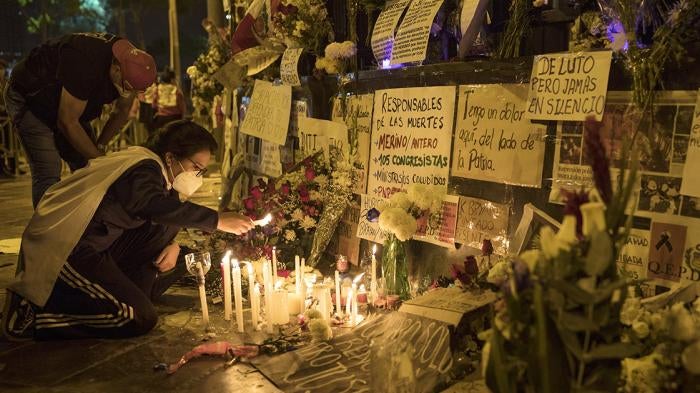

During the first one, under President Pedro Pablo Kuczynski (July 2016–March 2018), the country took an active leadership position towards the reception and protection of Venezuelan citizens, facilitating their legal access to, and residence in, Peru. Aron and Castillo Jara ( 2020) suggest that the country’s policy response can be separated into two distinct phases.


Over the past years, the country has taken starkly different stands on the matter. Peru is the second largest receiving country of Venezuelan forced displacement in the region. Lastly, to date, little is known on how Venezuelan migrants experience, and make sense of, criminalising xenophobia. 2019), more recently, the growing criminalisation of Venezuelan immigrants, and the securitisation of migration governance have been observed in countries such as Brazil, Chile, Ecuador, and Peru (Concha 2018 Freier and Parent 2019).

Second, while the initial policy responses to Venezuelan arrivals have been categorised as welcoming and generous in international comparison (Seele et al. As of mid-2020, about 1.8 million Venezuelans officially reside in Colombia, 830,000 in Peru, 455,000 in Chile, and 363,000 in Ecuador (UNHCR and OIM 2020). First, Venezuelan emigration grew exponentially in the past five years and now represents the largest external displacement crisis in Latin America’s recent history, and the second largest in the world (IOM 2020). Venezuelan forced displacement across Latin America is an especially relevant case study for three reasons. This geographical lacuna exists despite South-South migration accounting for about one-third of all international migration and for roughly half of all migratory movements departing from developing countries (Ratha and Shaw 2007 UN DESA 2012), and developing countries hosting 85% of the world’s refugees in 2019. The relevant literature tends to focus almost exclusively on migrant criminalisation in North America and Europe. The interaction exemplifies the social criminalisation that many Venezuelan immigrants experience in their everyday lives in Peru.ĭespite the increasing social and political significance of xenophobia, understood here as the “fear of difference embodied in persons or groups” (Berezin 2006: 273), against Venezuelan immigrants in Peru, and Latin America more broadly, this issue has been seldom explored in academic scholarship. In response to the xenophobic and criminalising remark made by his Peruvian neighbour, Rafael reversed the roles to showcase the absurdity of blaming all Peruvians for the gruesome murder committed by one Peruvian man. The abovementioned vignette cites 42-year-old Rafael from Barinas, Venezuela, in January 2020. The paper contributes to the literature on migrant criminalisation by exploring how criminalisation processes play out in the context of large-scale intraregional forced displacement in the global South. Finally, we discuss our findings and make suggestion for further research. Fourth, we discuss how Venezuelan migrants perceive this criminalising discrimination as linked to their villanisation in the media and political discourses. We then move to the qualitative discussion of the criminalisation experience in these different spaces. Second, we juxtapose the prevalence of xenophobic discrimination and criminalisation experiences across the five cities of our study, and between public spaces and the workspace. First, we discuss how criminalisation compares to general xenophobic discrimination, and other types of discrimination experiences. Based on 12 months of qualitative fieldwork, including 72 in-depth interviews, five focus groups, and a survey (N116) in five Peruvian cities, we explore how Venezuelans experience, and make sense of, discrimination and criminalisation in everyday life. This article examines how Venezuelan forced migrants in Peru experience xenophobic discrimination, which has become increasingly linked to their criminalisation as thieves and murderers.


 0 kommentar(er)
0 kommentar(er)
